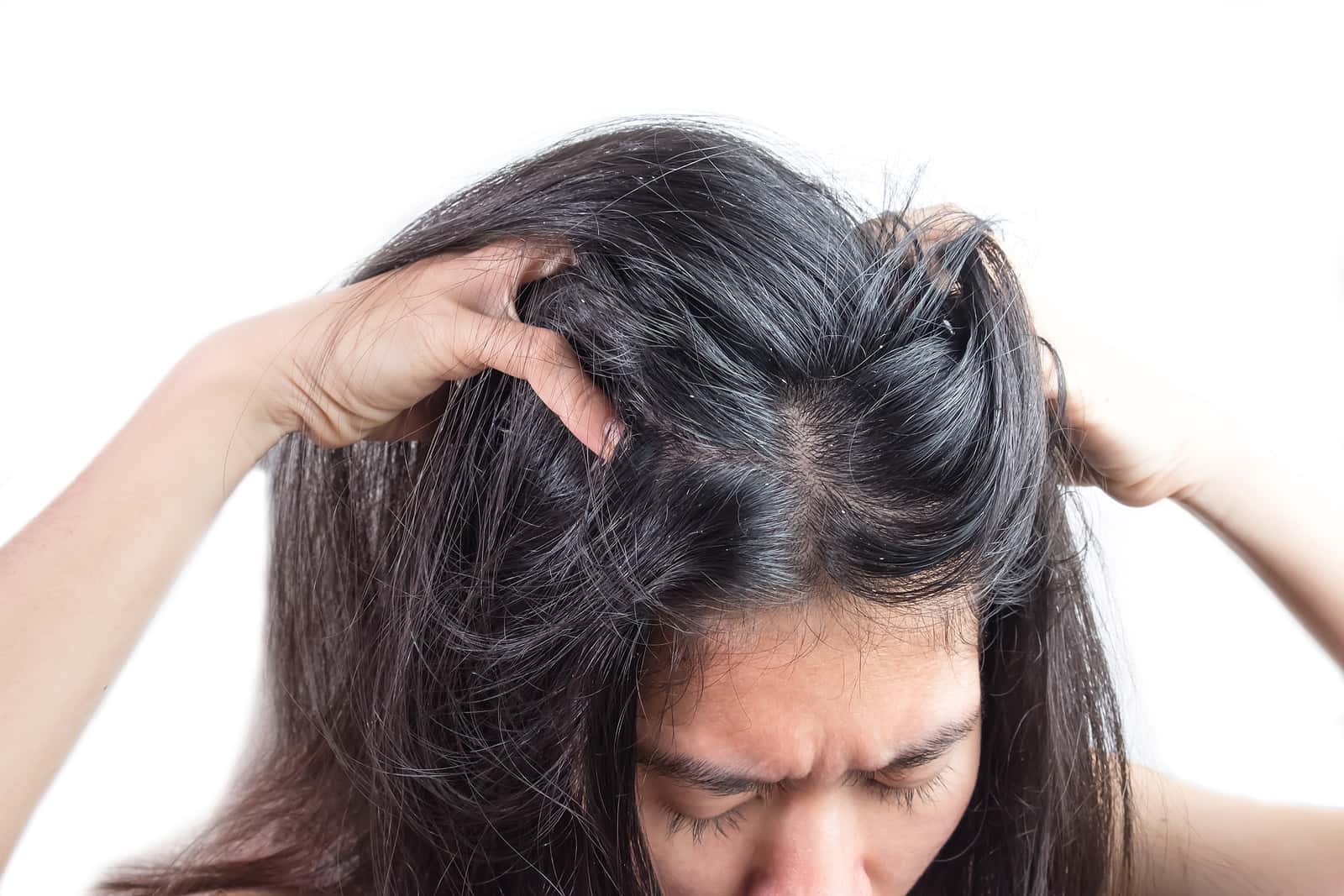
Have you been bothered with dandruff-like flakes and itching on your face? A condition called seborrheic dermatitis fits that description. People who suffer seborrheic dermatitis often find that it comes back over and over and can be difficult to control. Readers are eager for anything that will help get rid of facial dandruff.
Is There a Cure for Facial Dandruff?
Q. I’m wondering if there are any remedies for dandruff around the nose and in the ears. I’ve tried alternating different kinds of anti-dandruff shampoo daily as well as Listerine and apple cider vinegar, but nothing rids me of the problem.
A. The skin problem you are describing might be seborrheic dermatitis. It’s usually itchy, with reddened skin and flakes like dandruff. This condition is common on the scalp (where we call it dandruff) and on the face, especially the eyebrows and the sides of the nose. It can also affect eyelids, ears, armpits, groin and under the breasts.
What Triggers Seborrheic Dermatitis?
Seborrheic dermatitis appears to get worse in response to stress (Acta Dermato-Venereologica, Oct. 2020). Regular alcohol consumption might also contribute to flare ups. Some scientists suspect that disruption of the usual skin microbiota with overgrowth of Malassezia yeast plays a role (StatPearls, Oct. 3, 2020).
Dermatologists recommend a mild non-soap cleanser twice a day. Dandruff shampoos such as those containing zinc pyrithione (Head and Shoulders, for example) may help discourage Malassezia and ease facial dandruff, even though they haven’t worked for you (Scientific Reports, Aug. 14, 2018).
Italian dermatologists have recommended biotin supplements (Giornale Italiano di Dermatologia e Venereologia, Oct. 2019). A brief trial might be worthwhile.
Home Remedies to Help Facial Dandruff:
A number of readers have turned to home remedies for help against seborrheic dandruff. Some have tried drugstore products intended for entirely different purposes.
Will Vicks VapoRub Make a Difference?
Q. My sister is coming over in a week. I have dandruff on my face (eyebrows, nose, forehead and inside my ears). Can I cure it with Vicks or other remedies? Please tell me how.
A. Facial dandruff is called seborrheic dermatitis, and it is usually caused by overgrowth of yeast called Malassezia. Applying Vicks to the flaky areas morning and evening should help because of its antifungal ingredients. Essential oils like thymol, menthol, camphor and oil of eucalyptus that give Vicks its distinctive aroma all fight fungus.
Milk of Magnesia for Facial Dandruff:
Milk of Magnesia (MoM) might also work. Apply a thin layer after you wash your face at bedtime and leave it on overnight. Wash it off in the morning with your usual cleanser. This frequently helps, though it may take more than a week to clear the skin completely.
Here’s one reader’s report on her experiment with Milk of Magnesia:
“Milk of Magnesia is FANTASTIC for rosacea, and it does a pretty good job on eczema. I use a cotton pad and dab it on affected areas morning and night. Let it dry, then apply whatever lotion or moisturizer you normally use. The moisturizer/lotion will make the white residue from the MoM disappear. Also, people with rosacea should not use foaming cleansers or toners with alcohol. They are too harsh chemically. Use cream cleansers instead. (I don’t use toners at all.)”
Noxzema Cleanser to the Rescue:
Q. My dermatologist prescribed both a gel and a cream for seborrheic dermatitis, but neither worked. Then I happened to clean my face with Noxzema, although I had not used it for 50 years.
The seborrheic dermatitis has gone away. I had already stopped using the prescription medication, so Noxzema gets the credit.
A. Noxzema is a non-soap facial cleanser. Many readers have found it helpful against eczema. Perhaps others with seborrheic dermatitis (a skin condition characterized by flakes, itch and redness, like dandruff on the face) may also find it helpful.
Citations
- Lancar R et al, "Risk factors for seborrhoeic dermatitis flares: Case-control and Case-crossover study." Acta Dermato-Venereologica, Oct. 2020. DOI: 10.2340/00015555-3661
- Tucker D & Masood S, "Seborrheic dermatitis." StatPearls, Oct. 3, 2020.
- Park M et al, "Understanding the mechanism of action of the anti-dandruff agent zinc pyrithione against Malassezia restricta." Scientific Reports, Aug. 14, 2018. DOI https://doi.org/10.1038/s41598-018-30588-2
- PIraccini BM et al, "Biotin: overview of the treatment of diseases of cutaneous appendages and of hyperseborrhea." Giornale Italiano di Dermatologia e Venereologia, Oct. 2019. DOI: 10.23736/S0392-0488.19.06434-4

